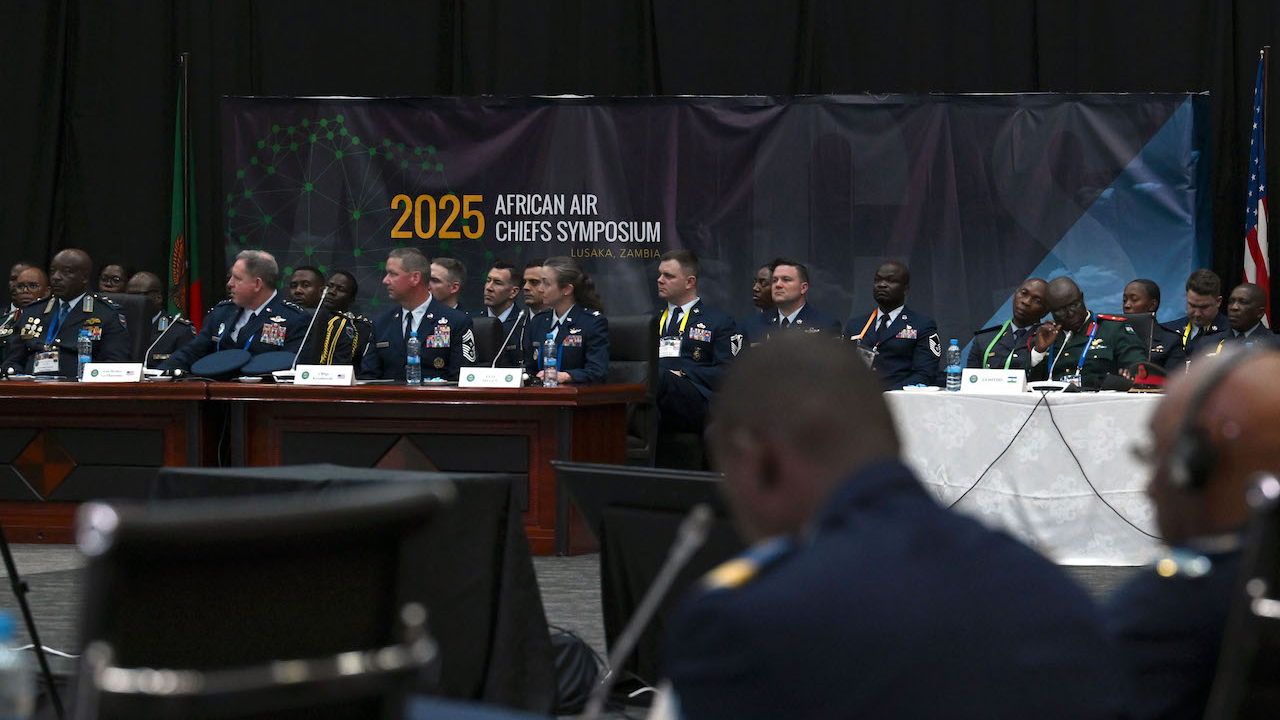Tons of problems for the SAAF
The South African Air Force has (quietly) celebrated its centenary against backdrop of worries that it is in “dire straits”.

The South African Air Force (SAAF) was formed on February 1 1920, making it the second oldest Commonwealth air force, reports defence correspondent; Jon Lake.
It participated in the Second World War, provided 20 crews for the Berlin Airlift and sent an all-volunteer fighter squadron to support UN forces during the Korean War from 1950 and 1953.
The air force also has a long and proud history of providing South Africa, and the region, with vital humanitarian assistance, mountain rescue, air sea rescue, fire-fighting and flood relief.
Recognising this, even before the first democratic elections took place in April 1994, South Africa’s transitional executive council ruled that the SAAF name would be retained, and that it would not be redesignated as the South African National Air Force (SANAF), though its insignia was changed.
There was pride in the SAAF and its constituent squadrons and units were allowed to retain their pre-1994 battle honours and related history.
However, that history did have to be celebrated quietly and without too much fuss. The racially exclusive make-up of the SAAF before 1994, and the part it played in the war against the anti-apartheid movements in Angola and other southern African countries in the last years of the apartheid regime, made celebrating the centenary problematic.
A somewhat subdued celebration was probably always inevitable – though the year also marked 25 years of post-apartheid existence.
In the event, however, political directives apparently dictated that the centenary would be ignored and ruled that there would be no SAAF 100 logos or slogans.
The decision to not mark the SAAF’s centenary was reportedly so sudden that air force bases and squadrons were advised to cancel their planned celebrations only at the last moment.
SAAF chief, Lieutenant General Fabian Msimang, is a known supporter of celebrating an inclusive SAAF history, and of the SAAF Museum, and even individual base museums. During the Prestige Day parade (a watered down anniversary celebration in all but name) he referred to himself as “the 21st air chief in the pre and post 1994 history of the SAAF; and the fifth air chief of the air force in the new dispensation”.
It may be 100 years on for the SAAF, but all is not well.
Msimang told a meeting of the joint standing committee on defence last year that the budget allocation for the air force was about 60% short of what was required. He said the SAAF was in “dire straits”, operating in a “survival mode” and flying less than one third of the hours that he would hope to see.
He pointed to the way in which budgetary constraints were preventing the air force from planning its maintenance expenditure on a rolling three-year basis and was, instead, having to resort to short-term support contracts. The budgetary limitations made it impossible to recapitalise the ageing aircraft fleet, which was facing obsolescence and was encountering growing airworthiness challenges as a result.
He predicted that the nation would soon be left with an air wing, rather than air force – with personnel but no assets.
The SAAF is believed to have no airworthy C-130 Hercules transports available, following a landing accident at Goma in January 2020, and a nosewheel collapse at Waterkloof in April, while the service remains coy as to the number of BAE Hawk advanced trainers and Saab Gripen fighters that are actually available.
The SAAF has a fleet of 17 single-seat Gripen Cs and nine two-seat Gripen Ds, but nearly half the fleet is understood to be in rotational storage, and the air force has only about a dozen active and reserve pilots for the aircraft, together with a small number of strike navigators for the two-seaters.
Saab’s recent announcement of a new active electronically scanned array (AESA) fighter radar, based on the back end of the existing Gripen radar, holds out the promise of being able to transform South Africa’s Gripens into the most capable fighters on the continent, but funding is unlikely to be made available for any such modernisation.
Helicopter serviceability is also believed to be poor.
Stay up to date
Subscribe to the free Times Aerospace newsletter and receive the latest content every week. We'll never share your email address.

